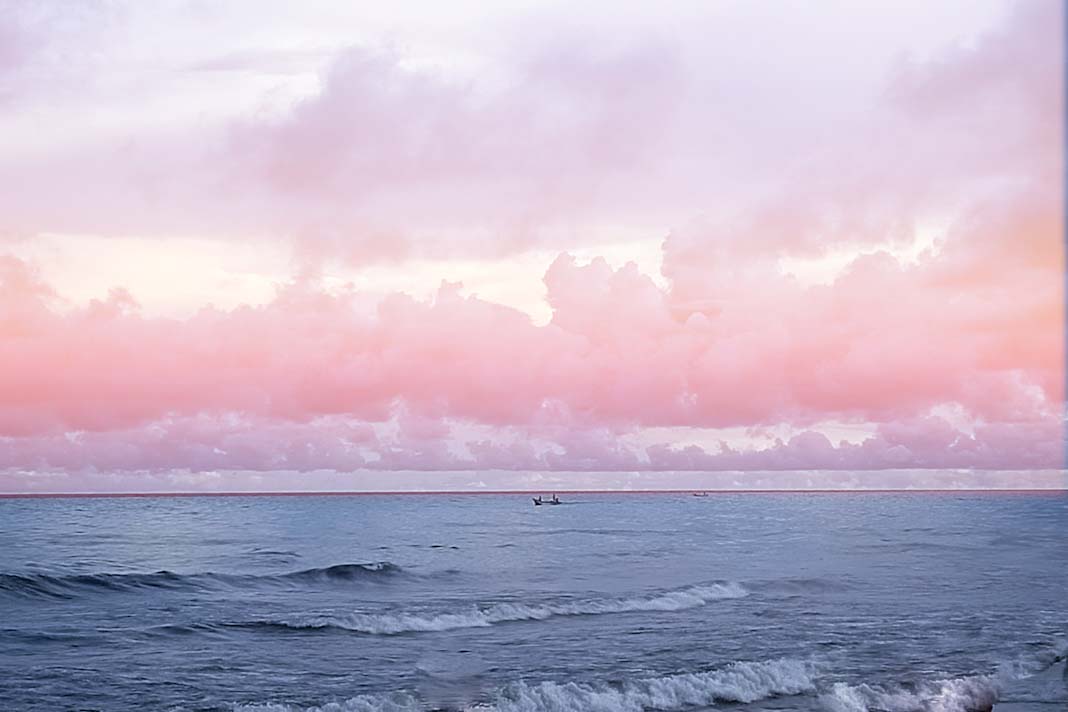The San José was returning to Europe with treasures to help fund the war of the Spanish succession when it was sunk by a British squadron in 1708, close to the Caribbean port city of Cartagena, reports The Guardian.
About the wreck
Historians say the wreck could help reveal much about the Spanish empire at the height of its power – and the shared, overlapping histories of Europe and Latin America.
But as the expedition continues to explore the site, the scale and complexity of the challenge is coming into focus.
Few ships like the San José have ever been recovered – and none has ever been salvaged from warm tropical waters.
The closest comparison would probably be to the Mary Rose, the flagship of Henry VIII’s fleet, which sank in 1545 while in battle with the French fleet off the coast of Portsmouth.
That 16th-century wreckage was explored by hundreds of divers – many of whom were volunteers – for a decade before being carefully lifted in 1981. The surviving section of the ship’s hull is now on display in a £35m ($45m) museum.
Colombia’s navy has been studying the Mary Rose and other such marine conservation projects to see how it could lift and conserve the 40-metre-long ship and its contents without it all crumbling to dust.
The San José’s cargo includes articles of glass, porcelain and leather, and historians hope the haul could inform their understanding of global 18th-century trade networks, Spain’s complex colonial hierarchy and the lives of the 600 souls onboard.
But while the Mary Rose lay in frigid coastal waters, the San José sank in deep, tropical waters which will probably have been cruel to the ship and could make the recovery one of the most costly and complex in history.
The wreck’s precise location is a state secret to protect the site from looters, but Colombian authorities have revealed that it is 600 metres (2,000ft) below sea level – too far for divers to reach.
The country’s military is currently developing underwater robots that will first photograph, video and map the wreckage before carefully attempting any retrieval.
Exactly how much can be salvaged from the wreck will depend on myriad factors: currents, sea temperature, the type of silt the wreck is submerged in, how the ship’s 60 bronze cannons plunged to the seabed, and even which critters are now living there, says the head of the Mary Rose’s research program, Alex Hildred.
The vessel’s international connections mean that historical research has until now been halted by international litigation over who is its rightful owner.
Although the wreck was found in Colombian waters, Spain has argued that the San José was part of the Spanish fleet and was returning from what was then part of the Spanish empire.
Meanwhile, Sea Search Armada (SSA), a US-based salvage company, has been locked in a legal battle with Colombia, arguing that it located the area in which the San José sank in 1981. SSA has argued that Colombia agreed to split any profits, but in 2011 a US court declared the galleon the property of the Colombian state.
Indigenous communities in Bolivia have also voiced a claim to any possible riches, arguing that their ancestors are likely to have mined the silver and gold used in many of the treasures.
The Colombian ministry of culture says the government has self-funded the first stage of exploration with $7.3m and it will not sell any of the precious artefacts as Unesco pleaded in 2018.
Did you subscribe to our daily Newsletter?
It’s Free! Click here to Subscribe
Source: Guardian
















